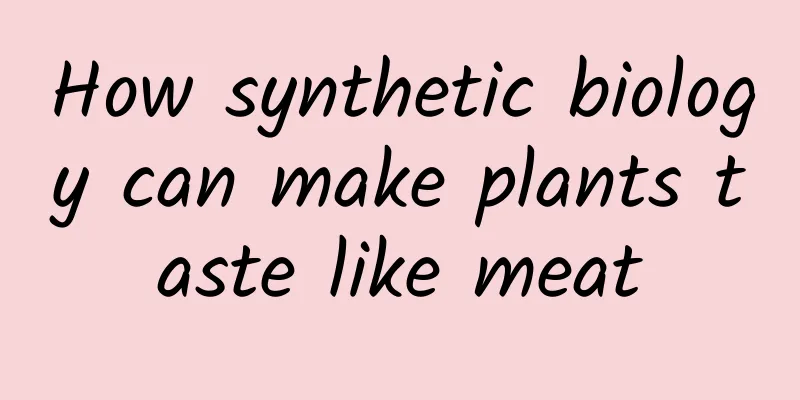What to do if uterine adhesions occur after miscarriage

|
After a miscarriage, a woman's body is relatively weak, and miscarriage, especially some complications caused by artificial abortion, or uterine cavity infection, may cause uterine adhesions, so it is necessary to pay attention to correct treatment, and try to avoid abortion surgery in life. 1. Uterine cavity adhesion refers to the partial or complete adhesion of the anterior and posterior walls of the uterine cavity, causing the uterine cavity to narrow or disappear. Intrauterine adhesions are mainly caused by damage to the basal layer of the endometrium due to surgery or pathological changes. They occasionally occur after vacuum extraction or curettage. Endometrial tuberculosis, severe intrauterine infection, myomectomy or laparotomy can all damage the endometrium and cause intrauterine adhesions. 2. Clinical manifestations 1. Secondary oligomenorrhea and amenorrhea. 2. Oligomenorrhea, amenorrhea and cyclical abdominal pain after abortion or curettage. 3. Infertility. Diagnostic basis: 1. The above main symptoms and signs. 2. When exploring the uterine cavity, the patient feels that it is narrow or cannot be explored. 3. Uterine iodized oil contrast examination shows that the uterine cavity is only partially filled or not filled at all. Treatment principles 1. Use a cervical dilator or probe to separate adhesions. 2. Separate adhesions under direct hysteroscopy. 3. After separation of adhesions, an IUD is placed in the uterine cavity for 3 to 6 months to prevent adhesions from occurring again. 4. Artificial cycle treatment can be given after surgery for 2-3 cycles. Principles of medication: After surgical separation of adhesions, this disease is often treated with intrauterine contraceptive ring placement, and artificial cyclic treatment with estrogen and progesterone as appropriate. III. Evaluation of therapeutic efficacy 1. Cure: Adhesions are completely separated and symptoms disappear. 2. Improvement: Symptoms are alleviated. 3. Not healed: Adhesions still exist and symptoms have not improved. Experts suggest that intrauterine suction curettage should not be performed excessively to avoid damaging the basal layer of the endometrium. Adhesions should be separated sufficiently, and after separation, an intrauterine contraceptive device should be placed simultaneously and artificial cycle treatment should be adopted. |
<<: Will women with intrauterine adhesions have menstruation?
>>: Can a woman with intrauterine adhesions keep the baby?
Recommend
Healthy life, healthy blood sugar—home rehabilitation for diabetic patients
How much do you know about diabetes? Diabetes: Bl...
What is the method to make private parts tighter?
Women's private parts will become loose, whic...
What are the benefits of dense planting of celery? How to grow celery seedlings first and then transplant them
Appropriate density of celery planting is conduci...
How is fallopian tube obstruction detected?
The fallopian tube is a channel for transporting ...
My aunt comes a lot
Girls may have heavier menstrual bleeding during ...
20 kinds of food to detoxify and nourish your skin
Stool retention has always been the biggest enemy...
Floating objects in the vision - floaters
How can there be worms in the eyes? Sometimes, wh...
Can I take supplements during menstruation?
Menstruation is a normal physiological phenomenon...
What should you pay attention to during menstruation during breastfeeding?
Lactation is a very important period for every wo...
Diet therapy for premature ovarian failure helps
Premature ovarian failure is a very common diseas...
What are the treatments for severe cervical erosion?
Cervical erosion is divided into three stages, in...
What are the causes of small pimples on female vulva?
The presence of small bumps on the vulva is a dif...
Is it generally necessary to take calcium tablets during pregnancy?
Women during pregnancy need to supplement a varie...
Do I need to go to the court hearing for a credit card lawsuit? What should I do if I owe a credit card and get sued but can't pay it back?
Nowadays, young people use their credit cards whe...
Can I eat psyllium during menstruation?
Plantago seed is actually a Chinese herbal medici...









